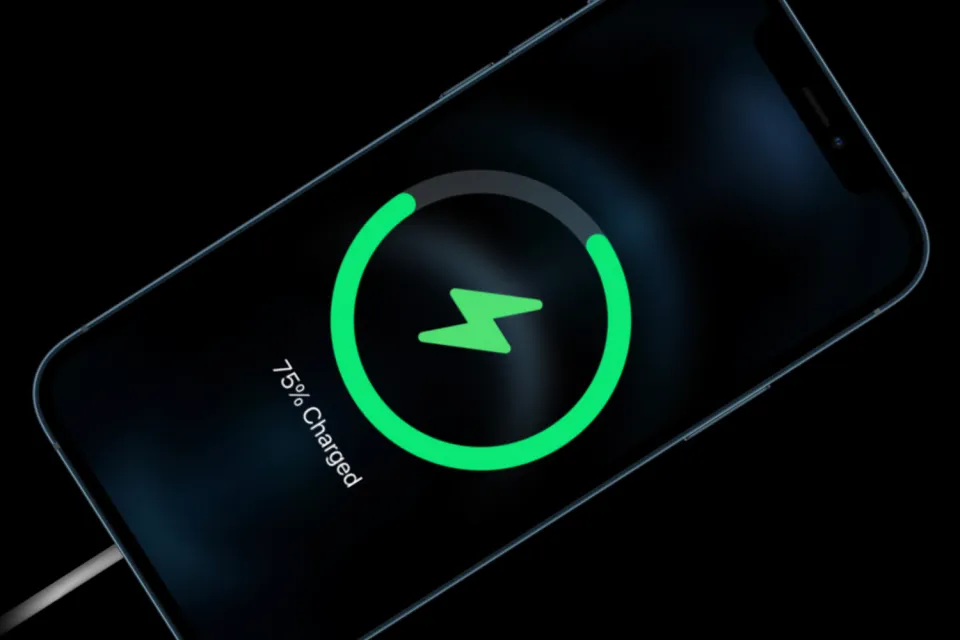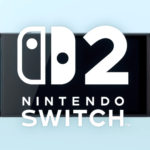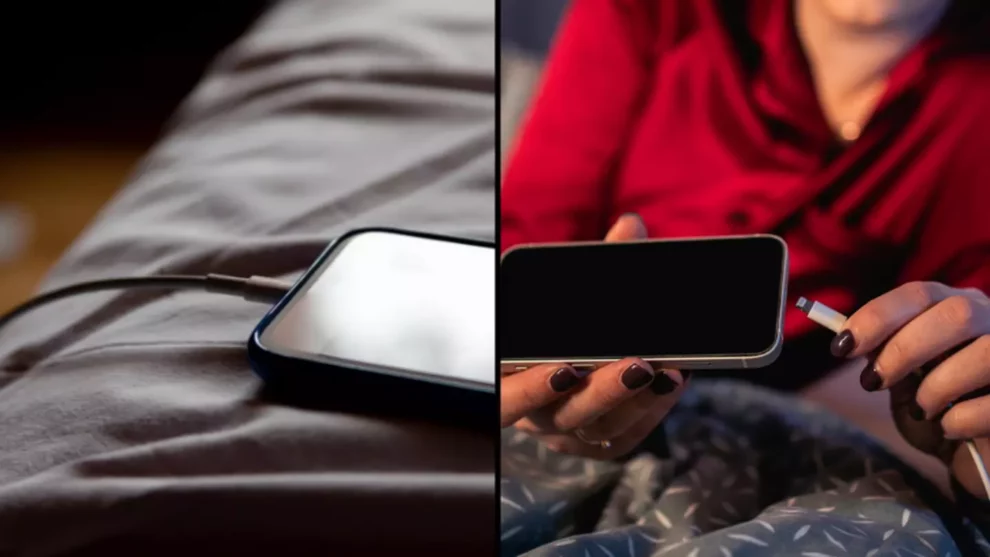Apple has issued a critical safety warning about a widespread charging habit that could pose significant risks to iPhone users, particularly those who charge their devices while sleeping. The tech giant’s latest safety advisory addresses the common practice of charging phones under blankets or in close contact with the body during overnight charging sessions.
The warning, detailed in Apple’s “Important safety information for iPhone” documentation, specifically highlights the dangers of prolonged skin contact with charging cables and connectors when connected to power sources. The company emphasizes that such contact could lead to discomfort or injury, particularly when users inadvertently fall asleep on or near their charging devices.
Of particular concern is the practice of charging phones while watching content in bed, where devices often end up buried under blankets or duvets, creating potentially hazardous situations due to poor ventilation. The company stresses the importance of maintaining proper airflow around charging devices to prevent overheating.
The timing of this warning is particularly relevant as more users rely on their phones as alarm clocks, leading to the common practice of bedside charging. While Apple hasn’t entirely discouraged overnight charging, they’ve emphasized the need for proper device placement and ventilation during charging sessions.
Supporting Apple’s concerns, Kent Fire Rescue has added weight to these warnings through social media outreach. A firefighter from the department highlighted three critical factors that make overnight phone charging particularly dangerous. First, sleeping individuals cannot detect smoke or burning odors. Second, it takes just three breaths of toxic smoke to render someone unconscious. Third, both counterfeit and genuine chargers have been known to initiate fires.
The safety advisory extends beyond just charging practices. Apple emphasizes the importance of “common sense” approaches to device use, particularly when connected to power sources for extended periods. This includes keeping devices, power adapters, and wireless chargers in well-ventilated areas during use or charging sessions.
For users with specific physical conditions that affect their ability to detect heat against their body, Apple has issued additional cautions, emphasizing the need for extra vigilance when using charging devices. This consideration highlights the company’s awareness of varying user needs and vulnerabilities.
The widespread nature of this issue is particularly concerning given the ubiquity of smartphone use and charging habits. Many users have developed routines around charging their devices overnight, often placing phones within arm’s reach for easy access to alarms or notifications. This convenience, however, must now be balanced against safety considerations.
Apple’s warning comes at a time when device usage patterns have evolved significantly, with many people using their phones for entertainment purposes right up until sleep time. This behavior often leads to devices being left in potentially dangerous positions, such as under pillows or blankets, where heat buildup can occur rapidly.
The company’s guidance suggests a shift in how users should approach device charging, particularly during nighttime hours. Rather than simply plugging in devices wherever convenient, users are encouraged to create dedicated charging spaces with adequate ventilation and away from bedding materials.
This safety alert serves as a reminder that even common, seemingly harmless habits with technology can pose unexpected risks. As smartphones continue to integrate more deeply into daily routines, understanding and following proper safety protocols becomes increasingly important.
For the millions of iPhone users worldwide, this warning necessitates a reevaluation of charging habits and potentially the establishment of new routines that prioritize safety over convenience. While the immediate reaction might be to dismiss such warnings as overly cautious, the potential consequences of unsafe charging practices make these considerations worth heeding.
















Add Comment